aeroponic plant spacing
oldnewgardner
14 years ago
Related Stories
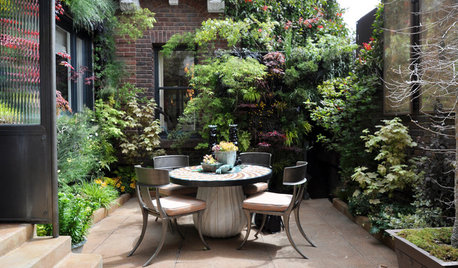
LANDSCAPE DESIGN8 Ways to Grow More Plants in Small Spaces
Use plants to bring your pocket garden to life
Full Story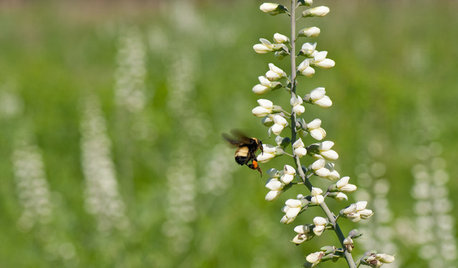
GARDENING GUIDESGreat Design Plant: Please Bumblebees by Planting Baptisia Lactea
Plant wild white indigo in central and southeastern U.S. gardens for its large white flower heads and early-spring interest
Full Story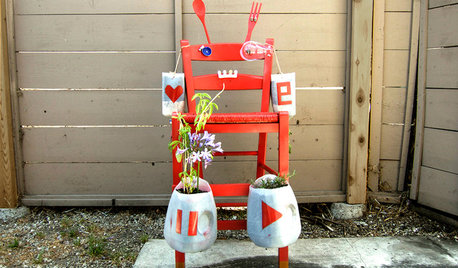
DIY PROJECTSMake a Fun Robot Plant Holder for Kids
Introduce your children to the wonders of gardening by appealing to their love of robots
Full Story
GARDENING GUIDESGreat Design Plant: Rhus Glabra
Smooth sumac provides powerful jolts of fall color and persistent fruit clusters that add interest through the winter
Full Story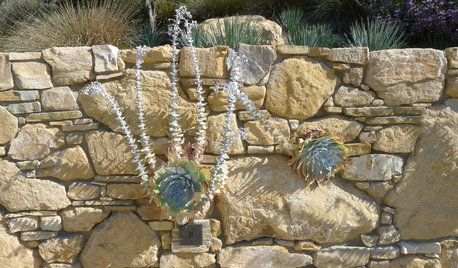
PLANTING IDEASPlanting Ideas: Life in the Crevices
Discover the beautiful planting opportunities hidden in rock walls, paver spaces and other garden gaps
Full Story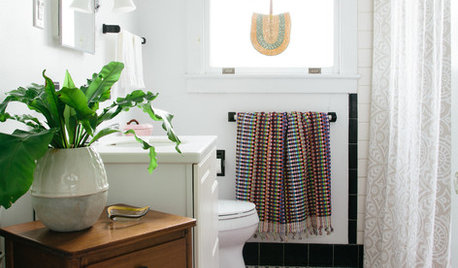
CONTAINER GARDENSFreshen Up the Bath With Lush and Healthy Plants
Learn how to choose and care for plants that will do well in your space
Full Story
GARDENING GUIDESWhen and How to Plant a Tree, and Why You Should
Trees add beauty while benefiting the environment. Learn the right way to plant one
Full Story
SHOP HOUZZShop Houzz: Bestselling Faux Florals and Plants Under $100
Revitalize your space with lifelike blooms and plants
Full Story0
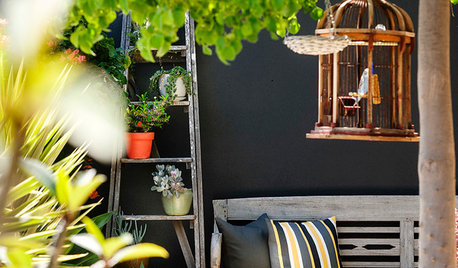
URBAN GARDENSPlant a Garden That Can Move With You
Think mobile when planning your outdoor space and you can enjoy it wherever you move next
Full Story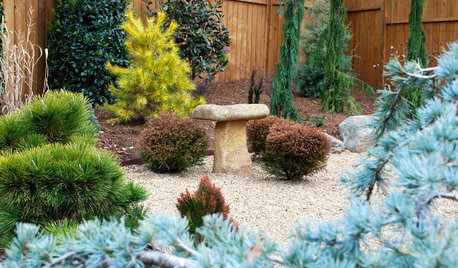
GARDENING GUIDESGreat Design Plant: Thuja Occidentalis ‘Bobozam’
Sculptural, diminutive and low maintenance, Mr. Bowling Ball arborvitae works hard in small spaces
Full StoryMore Discussions






lucas_formulas
hex2006
Related Professionals
Wrentham Landscape Architects & Landscape Designers · Danbury Landscape Architects & Landscape Designers · Clemson Landscape Architects & Landscape Designers · Glen Ellyn Landscape Architects & Landscape Designers · Roosevelt Landscape Architects & Landscape Designers · Biloxi Landscape Contractors · Bowie Landscape Contractors · Dudley Landscape Contractors · Fort Wayne Landscape Contractors · Goodlettsville Landscape Contractors · Oxnard Landscape Contractors · Porterville Landscape Contractors · Westchester Landscape Contractors · Weymouth Landscape Contractors · Wilton Landscape Contractorslucas_formulas
hex2006
lucas_formulas
hex2006
oldnewgardnerOriginal Author
wordwiz